Who is Fabrizio Federici
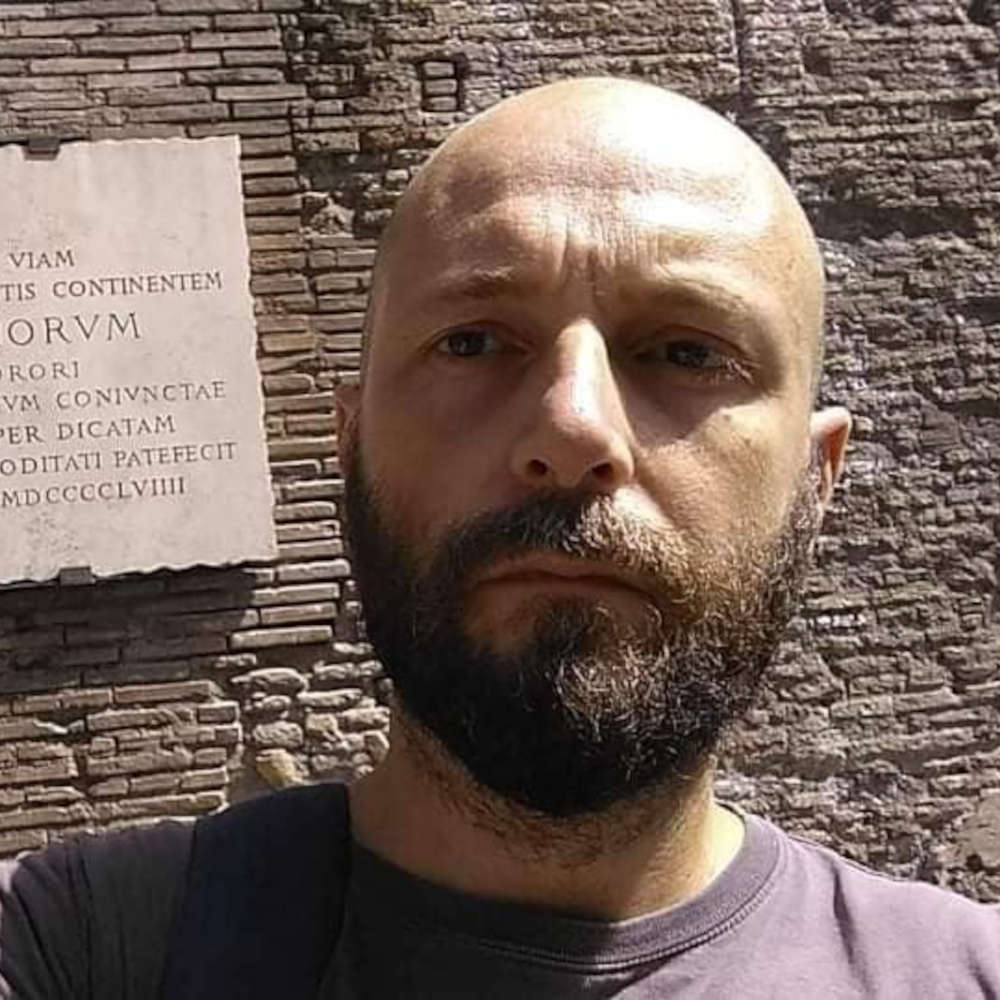
Fabrizio Federici ha compiuto studi di storia dell’arte all’Università di Pisa e alla Scuola Normale Superiore. I suoi interessi comprendono temi di storia sociale dell’arte (mecenatismo, collezionismo), l’arte a Roma e in Toscana nel XVII secolo, la storia dell’erudizione e dell’antiquaria, la fortuna del Medioevo, l’antico e i luoghi dell’archeologia nella società contemporanea. È autore, con J. Garms, del volume "Tombs of illustrious italians at Rome". L’album di disegni RCIN 970334 della Royal Library di Windsor (“Bollettino d’Arte”, volume speciale), Firenze, Olschki 2010. Dal 2008 al 2012 è stato coordinatore del progetto “Osservatorio Mostre e Musei” della Scuola Normale e dal 2016 al 2018 borsista post-doc presso la Bibliotheca Hertziana, Roma. È inoltre amministratore della pagina Mo(n)stre.
All the articles by Fabrizio Federici on Finestre sull'Arte
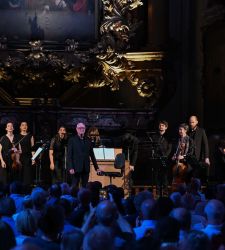
Artistic heritage enlivened by music: the case of the Monteverdi Festival in Cremona
The city of Cremona is characterized, as is well known, by an outstanding musical tradition, which has its highest moments, on the one hand, in violin making and the figure of Antonio Stradivari and, on the other, in Claudio Monteverdi, who saw the l...Read more...
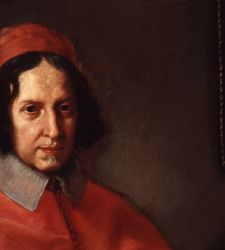
Portrait of a patron between Rome and the Apuan Alps: cardinal Alderano Cybo
Over the course of a long life (he died at age 87) and a very long cardinalate (he wore the purple for 55 years, beginning in 1645), Cardinal Alderano Cybo (Genoa, 1613 - Rome, 1700) translated a great interest in the arts - from music to literature,...Read more...
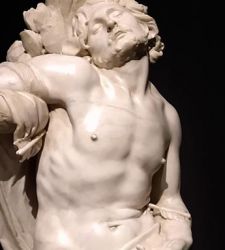
Copies indistinguishable from originals: when is it worthwhile to display them in museums?
The debut of the current exhibition on Pope Urban VIII at Palazzo Barberini is in the sign of St. Sebastian, a figure who had a particular relevance for the Barberini family and Maffeo in particular. In a close dialogue we find juxtaposed Ludovico Ca...Read more...
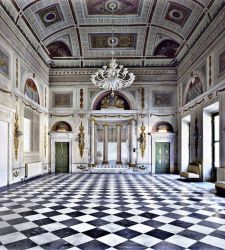
The Uffizi Diffusi in Massa and the future of the Ducal Palace.
For about three years now, the Uffizi Galleries has been promoting the Uffizi Diffusi initiative, whose primary objective is to bring works of the museum to the territory (Tuscan, but not only) mainly through a series of temporary exhibitions in whic...Read more...
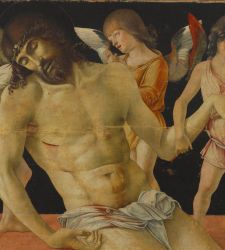
Rimini gets a makeover: the refurbishment of the City Museum
Known to most as a seaside resort and a mythical center of nightlife entertainment, Rimini is also a city with an astounding artistic heritage, which sees its main junctures in the vestiges of ancient Roman times, in the painting of the fourteenth ce...Read more...
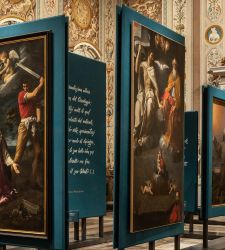
If the exhibition threatens to eat the museum. Guido Reni at the Borghese Gallery
The exhibition on Guido Reni at the Galleria Borghese(Guido Reni. The Sacred and Nature) confronts us with two different but intimately related problems (on which the well-known episode of the damage to Reni's San Francesco has led us to refl...Read more...
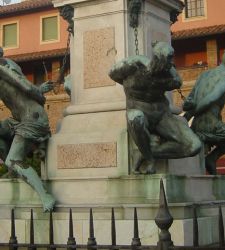
Pietro Tacca's Four Moors in Livorno. Beauty enslaved
Like and even more than the other absolute rulers of the Old Regime, the Medici wanted to scatter their territory with images that represented them as the unchallenged rulers of a finally united and pacified Tuscany. Simple busts, but also solemn f...Read more...
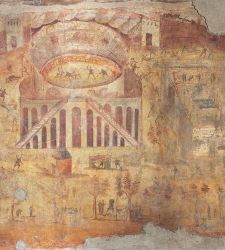
Pompeii and Rome, two exhibitions and an amphitheater (and why remaking the Colosseum arena is a good idea)
As the lapilli and ashes of Vesuvius submerged Pompeii, work on the construction of the Colosseum was nearing completion in Rome . This coincidence inspired the idea of setting up an exhibition under the arches of the amphitheater that trac...Read more...



























